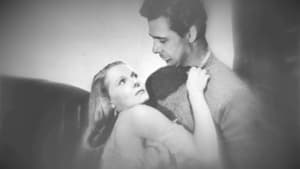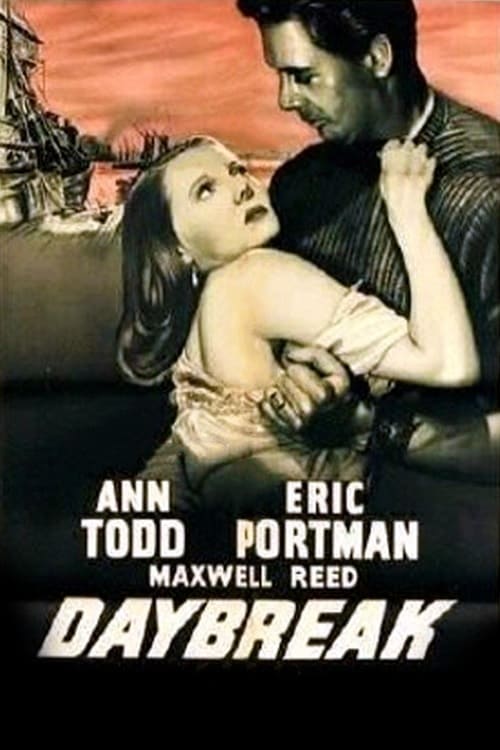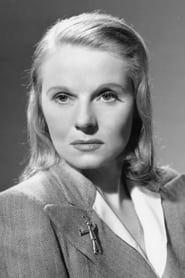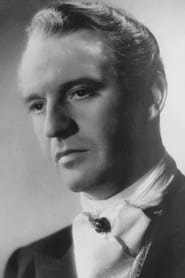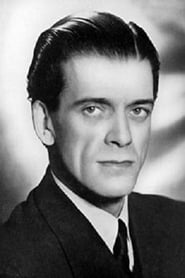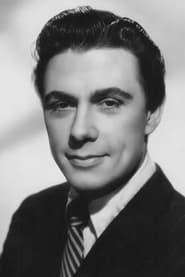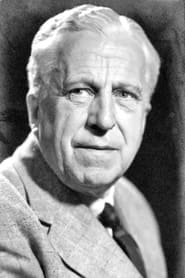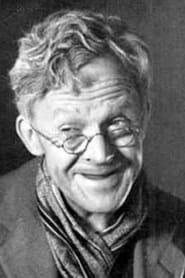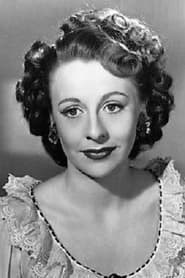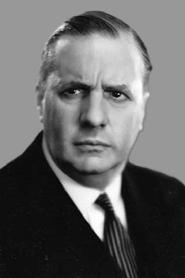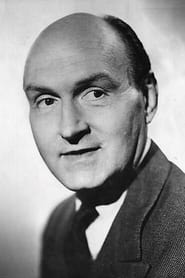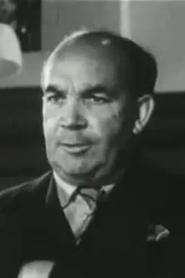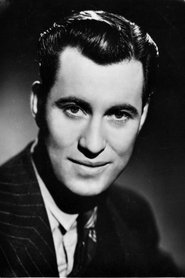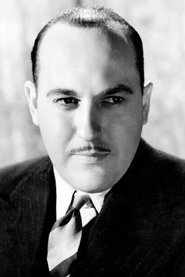Cast
View AllAnn Todd
as Frances "Frankie" Tribe
Eric Portman
as Eddie Tribe
Bill Owen
as Ron
Maxwell Reed
as Olaf Tyson
Edward Rigby
as Bill Shackle
Eliot Makeham
as Mr. Walter Bigley
Jane Hylton
as Doris
Margaret Withers
as Mrs.Bigley
John Turnbull
as Superintendent
Maurice Denham
as Inspector
Milton Rosmer
as Governor
Lyn Evans
as Waterman
Andrew Crawford
as Barber shop customer
Garry Marsh
as Barber shop customer
Crew
Director
- Compton Bennett
Writer
- Sydney Box
- Muriel Box
Producer
- Sydney Box
Reviews
CinemaSerf
I reckon this has to be the best outing for Ann Todd ("Frankie") that I've seen. Here she plays the girlfriend of Eric Portman ("Eddie") who is really a hangman, but who doesn't want her to know so pretends to be a salesman to explain his frequent, and often overnight, absences from their home on a barge he has inherited. It's during one of those absences that she finds herself the focus of the unwarranted attentions of the rather uncouth "Olaf" (Maxwell Reed) and... Compton Bennett has created a clever piece of cinema here; we are given much of the bones of the story but have to come to a few of our own conclusions as tragedy ensues. According to the BBFC, the film wasn't cut at the time but it doesn't look like it - there are gaps that sort of make sense, but there are quite a few that clearly don't and that disjoints the narrative and occasionally spoils what is otherwise a complex tale. Well worth a gander.
Jul 9, 2022
Thematic Analysis
As a dramatic work, Daybreak examines complex human relationships and emotional struggles against the backdrop of a period setting that reflects societal issues of its time. The character development particularly stands out, offering viewers a chance to reflect on their own life journeys.
Director Compton Bennett brings their distinctive visual style to this film, continuing their exploration of themes seen in their previous works while adding new elements. Their approach to character development and emotional depth creates a viewing experience that rewards close attention.
Released in 1948, the film exists within a cultural context that now offers viewers historical perspective on the social issues of that era. Its reception demonstrates the diverse reactions to its artistic choices and its place in cinema history.
Did You Know?
- The production of Daybreak took approximately 3 months from pre-production to final cut.
- The final cut of the film runs for 75 minutes, though the director's initial assembly was reportedly 123 minutes long.
- The director insisted on using practical effects whenever possible, reserving CGI for only the most necessary scenes.
- Some visual effects sequences took up to 3 months to complete.
- Several scenes were filmed in multiple locations to capture the perfect setting.
Historical Context
- In 1948, when this film was released:
- Rock and roll music was revolutionizing popular culture.
- The Cold War was intensifying, influencing global politics and culture.
- The film industry was dominated by major studios, with independent cinema still in its early development.
How This Film Stands Out
While Daybreak shares thematic elements with other films in its genre, it distinguishes itself through its unique approach to storytelling, visual style, and character development.
Unlike Party Girl, which takes a more conventional approach to its subject matter, Daybreak offers a fresh perspective through its innovative visual language and narrative structure.
While films like Hollow Triumph and Larceny explore similar territory, Daybreak stands apart through its distinctive directorial vision and pacing.
This film's unique contribution to cinema lies in its thoughtful balance of entertainment value and thematic depth, making it a valuable addition to its genre.
Details
- Release Date: May 18, 1948
- Runtime: 1h 15m
